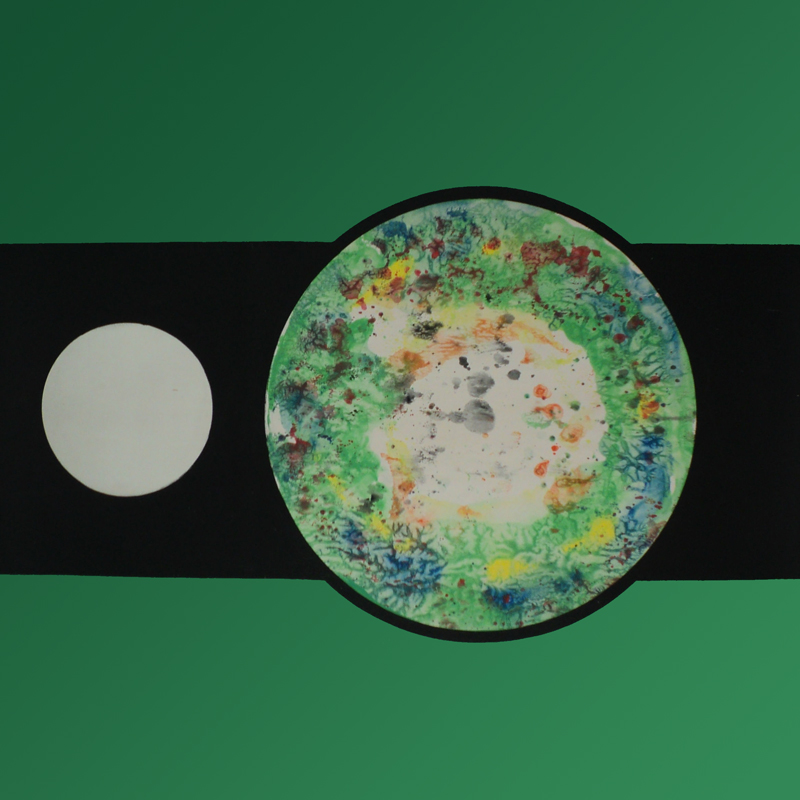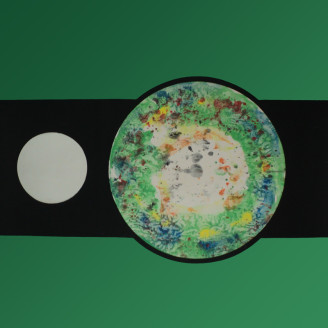Italian quartet SISTRA isn’t a band too liberal about spreading information about themselves, but I understand this quartet mainly is the creative vehicle of composer and musician Fabrizio Di Vicino. They released their debut album “Bearing” in 2011. “Communication Deferred” is their second studio production, and like their first album it was released through Fabrizio’s own label Psych Up Melodies.
As one would expect when an album is released on a label with that name, Sistra is indeed a psychedelic band, and one residing inside a progressive rock oriented context of that approach as well I should add. To my mind they follow a specific tradition within psychedelic rock as well, a direction primarily known as acid rock. Which, to my understanding at least, is the coarser, more challenging step brother of psychedelic rock.
Psychedelic rock is a genre rather challenging in itself, but Sistra’s take on it adds a few additional hurdles for the potential listener to handle. The compositions tend to be fairly loose and open in sound, arrangements and structure for starters, with a liberal amount of passages that comes across as improvisational and at times fairly free form at that. The instruments are generally laced with effects too, with shrill, twisted and tortured instrument sounds being the order of the day, and where the guitar in particular has a tendency to hone in on a more primal, rough general sound. For everything presumably done to create this sound and these effects, the end result sounds more basic than sophisticated, and I assume that this is a sound the band wanted to achieve too, as the at more elegant, ethereal hovering guitar effects that is also a part of the proceedings document quite nicely that this band is capable of exploring landscapes with a more pleasant and rewarding guitar sound present as well.
Generally speaking the compositions on this album can be divided into three types. There’s the relatively firm ones, where arrangements and structure encompass section featuring verse and occasionally chorus sections as well, where the sections featuring vocals are somewhat more dampened, and often with a bearing ongoing element I might describe as carrying the song forward, a role often given to the bass guitar. Then there’s the instrumental escapades, which by and large have a looser, more open and less structured feel to them, most of them coming across as improvisational in part or in whole. The third category is really restricted to one track only, concluding piece Blue Overdose, an instrumental that hones in on a more folk-oriented, pastoral landscape, although with enough odd sounds present to merit placing it inside an acid folk context rather than a psychedelic or progressive folk-rock oriented one. Folk music elements does appear here and there elsewhere too I should add, but this specific track is the only one whose sole focus is on that specific style throughout.
Personally I’m not all that enchanted about this album I have to admit. For my tastes the sounds are too rough and primal, the lack of harmonies, groove and other instantly rewarding details is for me a detrimental aspect, and the odd and eerie sounds and effects used, while often engaging and intriguing in themselves, just isn’t enough for me to find this album as a rewarding total experience. But for those who generally find themselves fascinated by music described as acid rock, who have an affection for challenging, primal sounds and textures used inside a challenging, psychedelic rock context, this is a production that should merit an inspection. I kind of suspect that those fascinated by the more free and open spirited garage rock and krautrock bands of the late 60’s might be something of a key audience for this album.
My rating: 55/100










